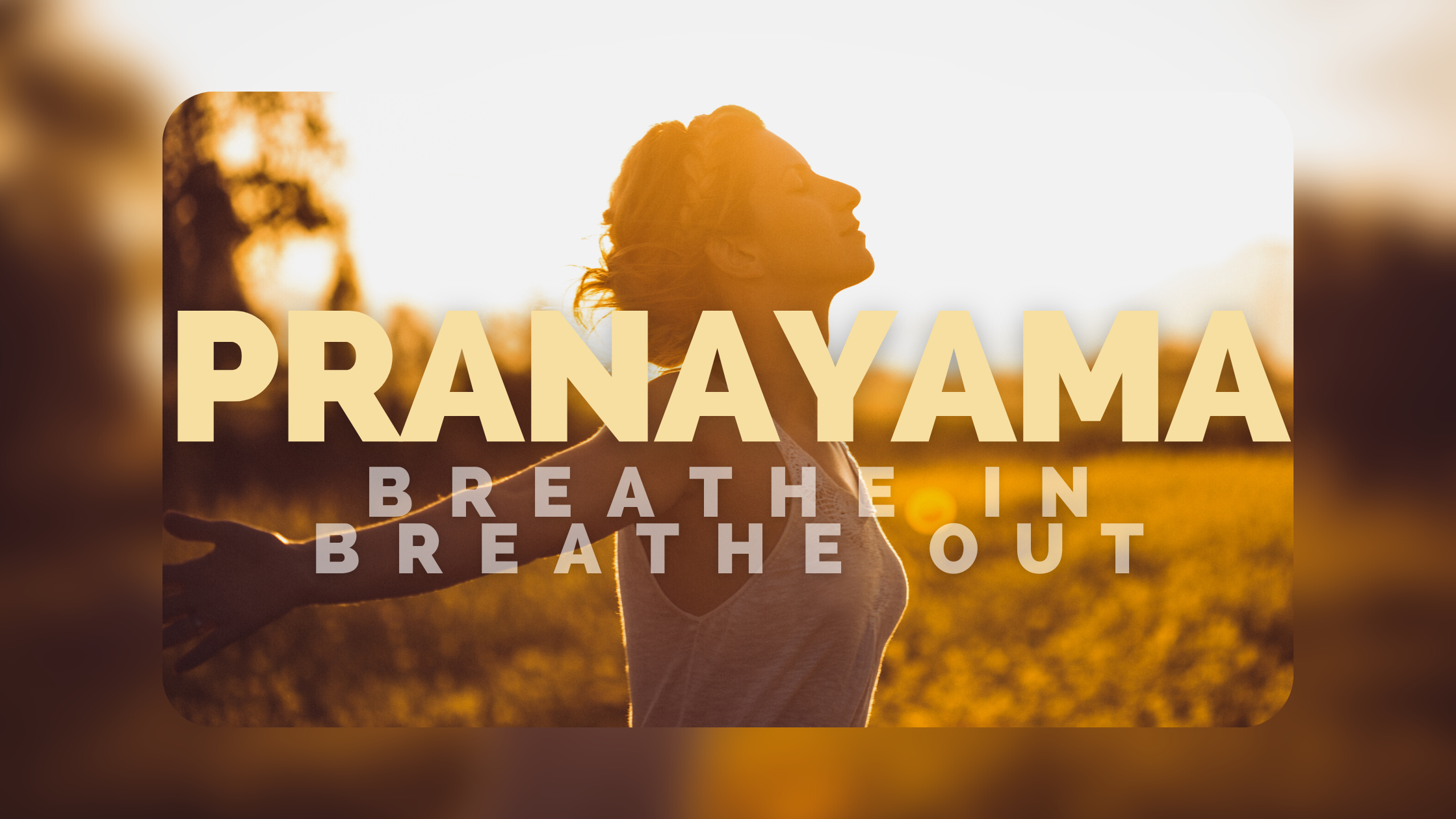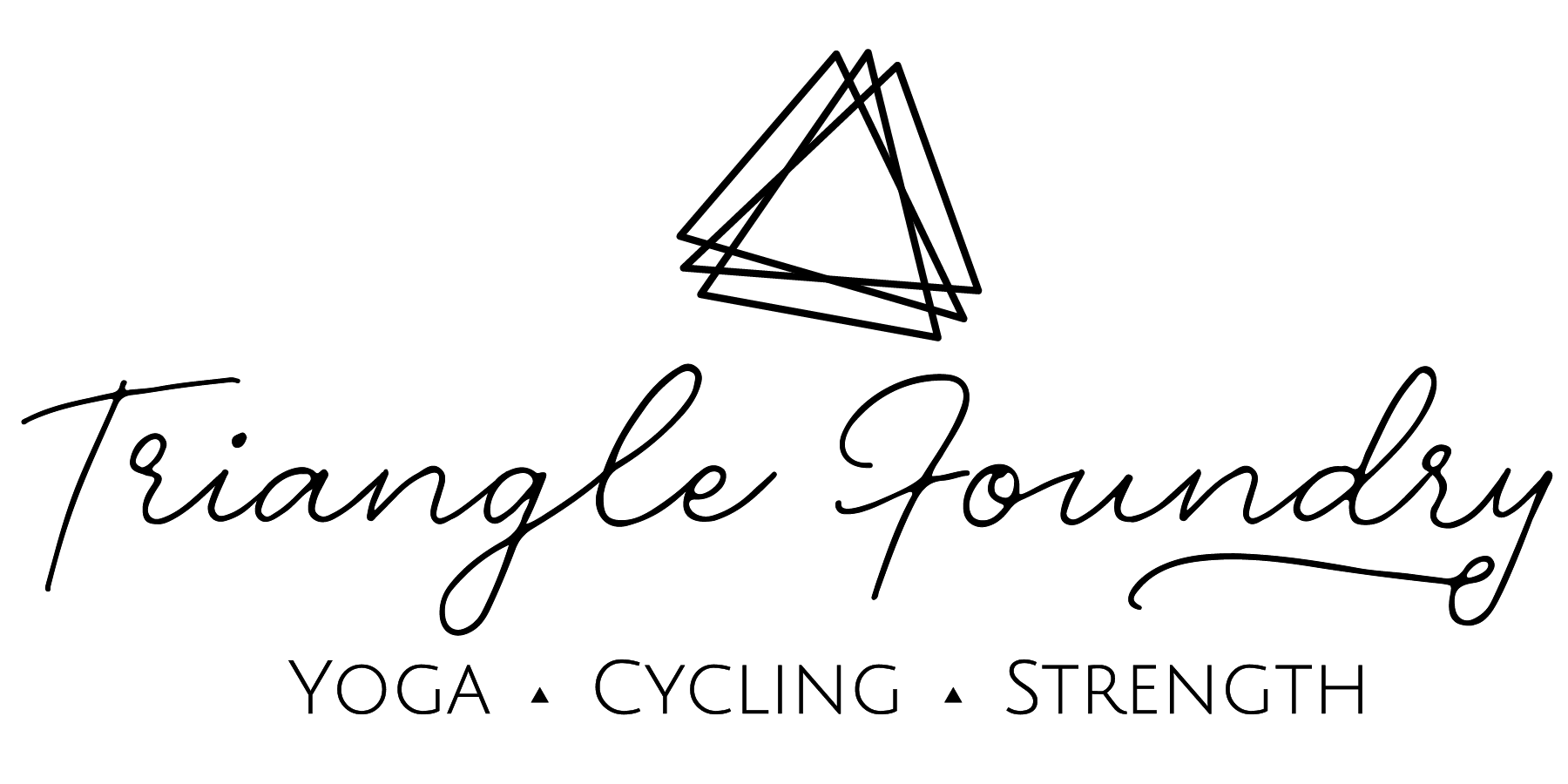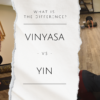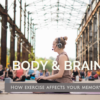Join us this Saturday April 22nd, 2023 at 11:30am for our Pranayama Workshop!
What’s pranayama and how can I start practicing it?

What is Pranayama?
Prānāyāma is the yogic practice of focusing on your breath through a variety of techniques and practices. In Sanskrit, prana means "vital life force", and yama means "to gain control". In yoga, breath is associated with prana, therefore, pranayama is a practice to elevate the prana shakti, or "life energies", within your body.
There's several different practices, each with their own benefits and uses. Below we'll cover some of the fundamental techniques that you should start a pranayama practice with before attempting more advanced techniques. There are several different pranayamas beyond what we review in this post.
What are the benefits and uses of pranayama practices?
Each breath control technique has its own benefits and uses, though all pranayama techniques allow you to create a connection to your breath, giving you a deeper attunement of your physical, mental, and emotional bodies and help anchor your awareness in the present moment. So, let's talk more about the benefits of individual pranayamas look like...
Yogic Breath
Diaphragmatic Breath or Belly Breathing
This is the foundational exercise that anyone new to yoga or pranayama practices should learn before continuing to learn other techniques.
The diaphragm is the primary muscle that controls breathing. It’s a large dome-shaped muscle located between lungs and your belly, just below the ribcage. Your diaphragm moves up and down when you breathe, allowing air to pass through into and out of your lungs.
Learning to breathe by using your diaphragm is the starting point for all pranayama techniques, as it is the foundation of most other techniques. Some people may refer to diaphragmatic breathing as "belly breathing" because your belly expands and contracts with your breath, opposed to just your chest filing and emptying.
Diaphragmatic breathing requires less effort and energy from your body while reducing stress, anxiety, improving overall health and wellness, and has even been shown to lower blood pressure.
Dirga Pranayama
Three-Part or Complete Breath
This breath is a great start for beginners to strengthen and expand on the practice of diaphragmatic breathing.
During Dirga Pranayama, you focus on actively breathing into three parts of your abdomen. The first part is your low belly, the second part is your low chest, and the third part is your low throat. Your breath should be continuous, inhaled and exhaled through your nose.
Your inhalation should originate in your low belly; filling it first. Then you fill your low chest; then your low throat. The exhalation reverses the order. You empty your low throat, then your low chest, and finally empty your low belly. It can be helpful to rest your hands on your belly and chest to connect to the movement with your breath.
Dirga Pranayama improves breath awareness and lung capacity.
Ujjayi Pranayama
Victorious Breath or Ocean Sounding Breath
This breath is the fundamental breath used for ashtanga and vinyasa styles of yoga. Ujjayi Pranayama is called the "ocean sounding breath" because you make a soft ocean sound by gently contracting the glottis, the whisper muscles in the back of your throat, during both your inhalation and exhalation. Typically practitioners will start by contracting the muscles during the exhalation until they feel comfortable, and then add in the contraction to the inhalation as well.
This breath practice is both calming and invigorating and improves focus and concentration. It can also be used to build heat in your body.
Sama Vritti Pranayama
Equal Breath or Box Breathing
This breath focuses on having your inhalations and exhalations the same length. Sama means “equal”, and vritti means “mental fluctuations”, so Sama Vritti Pranayama translates as “equal mental fluctuation breathing”. You can also add breath retention by holding your lungs full or empty of air for equal amounts of time, creating box breath. Breath retention practices should be introduced at short time intervals and should not be used if the practitioner is pregnant.
This breath practice is balancing and can be calming for your body.






 I got
I got



 in bio to
in bio to
